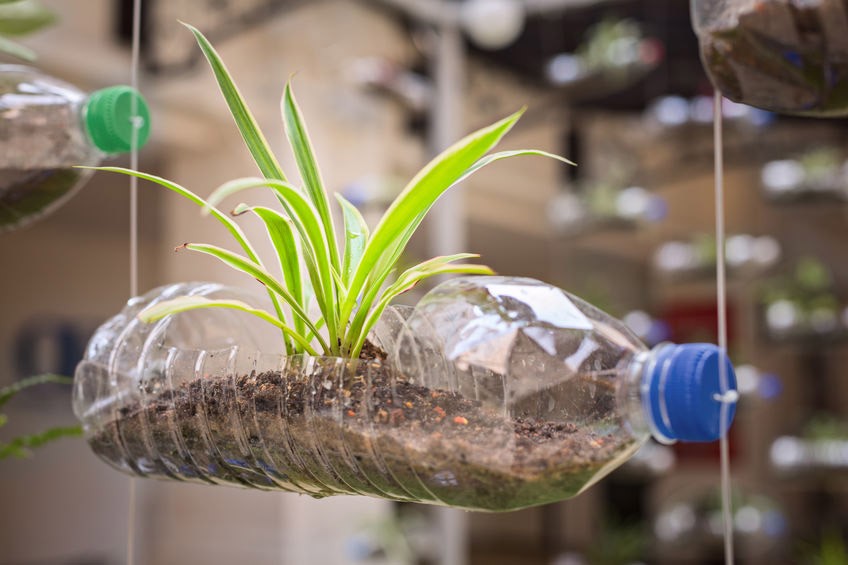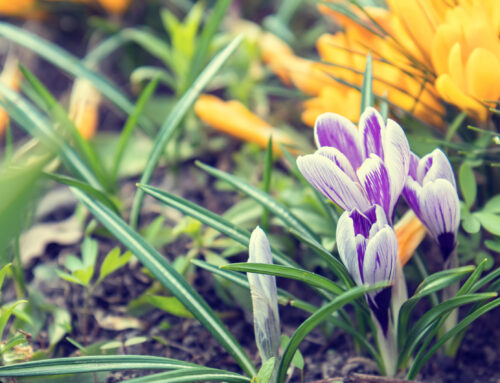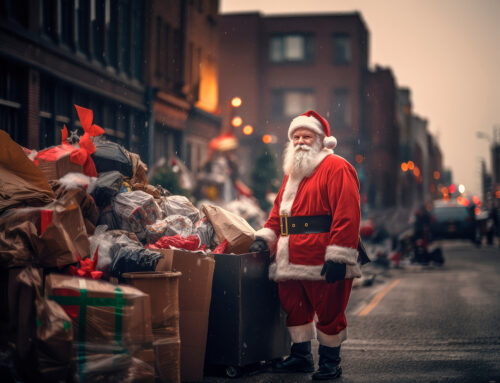Most Americans want to do the right thing when it comes to recycling and reducing their contributions to environmental decline. Unfortunately, some plastic manufacturers took advantage of public trust by assuring consumers that the plastic containers holding their water, soda, and other products would end up recycled. Millions of Americans diligently separated their waste to ensure that plastics went into the recycle bin. Many even went out of their way to look for recycle cans with a green triangle on them while out in public.
The truth is that no more than 15 percent of plastic products go through a proper recycling process across the world. The rest ends up in landfills or on the side of the road as litter. Some plastic even shows up in lakes and oceans, presenting a serious hazard to the creatures who live in water. How could this happen? Plastics manufacturers spent a lot of money misleading people about recycling, all the while knowing it wasn’t true and raking in billions of dollars in profits.
What Really Happens to Discarded Plastic?
Most people feel good knowing that their single-user plastic bottles transform into pellets that manufacturers make into other useful items. The only problem is this doesn’t actually happen. What most consumers don’t understand is that plastic quality decreases once used. Rather than recycling plastic bottles and turning them into other consumer products, most plastic bottles turn into a lower quality of plastic worth much less money. Plastic can only go through the recycling process one time and will turn into disposable trash after its second use.
Colored plastic containers such as those used for shampoo or laundry detergent are extremely difficult to reuse if not impossible. Dark colors are challenging to remove from the plastic, which means recyclers cannot change the plastic to a new color. Natural or white plastic is the only type valuable enough to recycle. The rest ends up in a landfill.
How Consumers Can Reduce Their Amount of Non-Recyclable Plastic
The best thing people can do to avoid adding to the ever-growing pile of unrecycled plastic in landfills is not to buy products containing plastic. For someone in the habit of buying a bottled water or two every day, investing in a water dispenser at home is a better idea. Water dispensers typically hold up to five gallons, and people can refill them at their local grocery store when the jug is empty.
Instead of buying 12-packs of soda or beer, look for larger packaging sizes and pour drinks into a glass. These are just two examples of consumer actions that can make a big difference for the environment. What is more important is for people to move away from the single-use, convenience mindset because the environment cannot indefinitely sustain all the trash these products produce.
When people must buy plastic, they should look for clear containers whenever possible. While there is no guarantee the clear plastic container will end up recycled, it stands a better chance than darker colored plastic containers.
Although it will take time to change people’s buying habits, it needs to happen to send a clear message to plastic manufacturers that have misled the public for far too long.






Leave A Comment